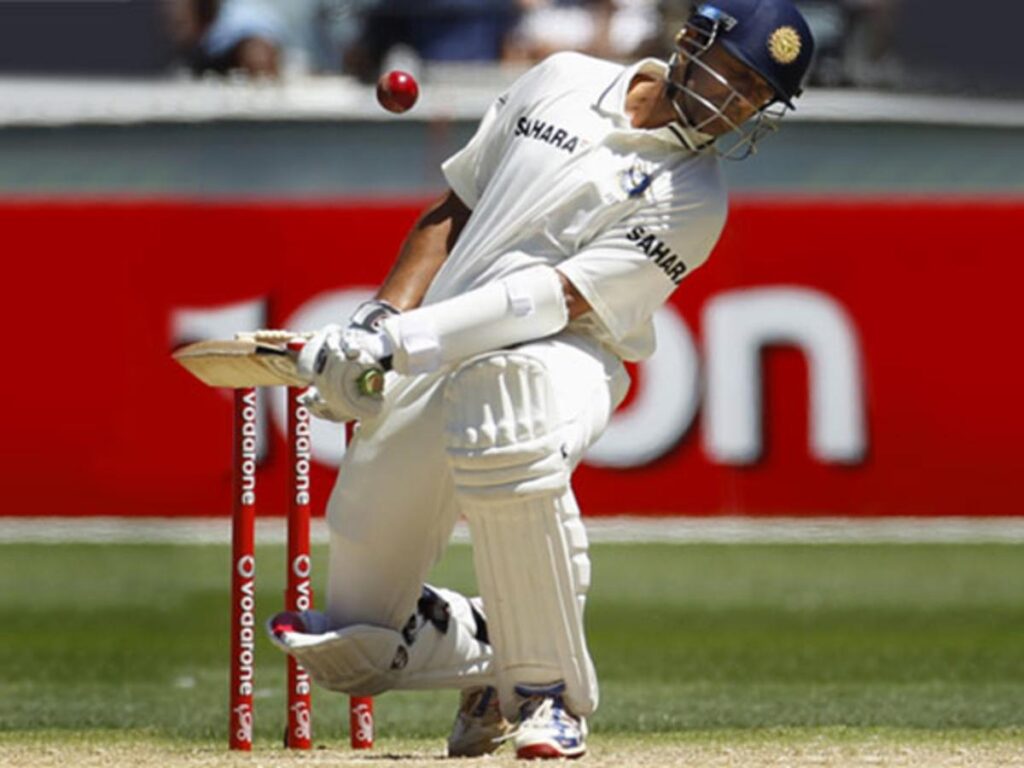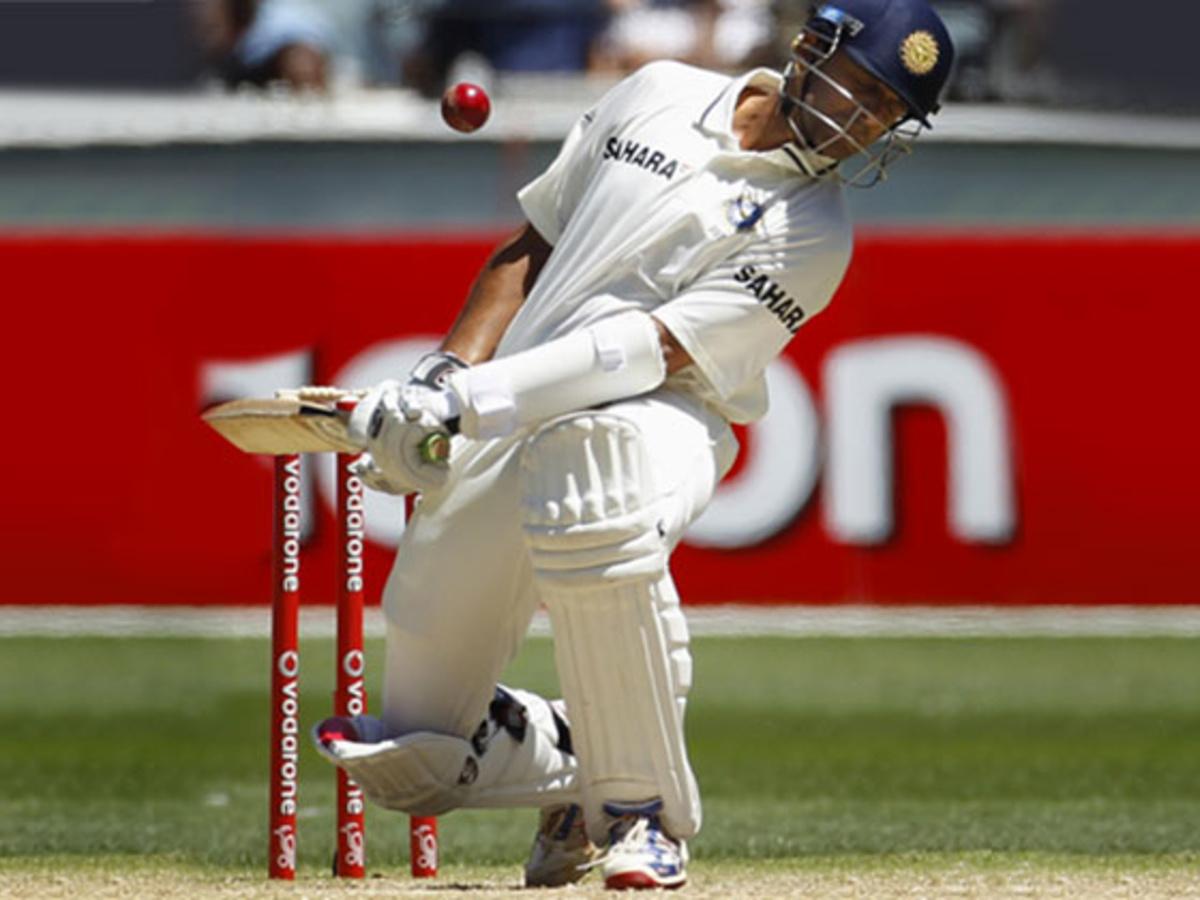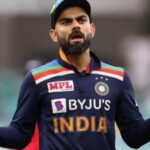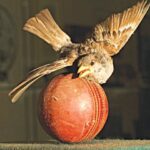
It’s been merely a week since India clinched off a miracle series win against Australia and we are already finding it difficult for us to sink it in, such was the fight and resilience shown by the team. When we use the word resilience not many players coke to our mind in the modern day test cricket since the game has now been popularized more in the shorter formats and attack is the new defence. But their are still players Cheteshwar Pujara who keep the defensive style of play alive and thus our today’s topic of discussion is five of the slowest and most resilient test innings of all time.
The first name in the list is of Rahul Dravid. Rahul is widely considered to be one of the greatest Test players ever. “Jammy” played many match-winning knocks throughout his career, which spanned 16 years. He is one of the few players in the history of cricket to score more than 10000 runs in both Tests and One-Day Internationals. During a test match against England in 2007, he scored 12 runs from 96 balls in the second innings forcing a draw after England scored 345 runs in reply to India’s mammoth 664 runs in the first innings with a strike rate of 12.50
The second name in the list is of South African veteran HE Van Der Dussen. South Africa’s right-handed batsman HE van der Dussen scored 17 runs with the help of 2 fours off 140 balls in 194 minutes batting in the second innings of the second Test match played in Cape Town against England in 2019. HE van der Dussen’s strike rate in this innings was 12.14. This was a pretty gritty innings considering the circumstances and is regarded as one of the most resilient innings in test cricket.
The third name in the list is of Geoff Allot. Geoff was a left-arm fast bowler who played an instrumental role for New Zealand in the 1999 Cricket World Cup, helping them reach the semi-final. Born in Christchurch, he played 10 Tests, and 31 ODIs, but the cricketing folklore remembers him as the player who faced the maximum number of balls to score a duck. New Zealand’s left-arm fast bowler Geoffery Ian Allot, was dismissed on zero after playing 77 balls in 101 minutes batting in the first innings of the first Test match played in Auckland against South Africa in 1999. He did not make any runs in that innings, so his strike rate was 0.00. It is the slowest innings ever played in the history of Test Cricket.
The fourth name in the list is of South African wicket keeper/batsman AB De Villiers. We all know him for his aggressive T20 batting and classy shots behind the stumps but little did the world know about his test cricket prowess before this innings of his against a formidable Indian side. With more than a day’s play to go, Hashim Amla and AB de Villers tried their level best to run down the overs and save the Test match. De Villiers scored 25 runs from 244 balls and tried his level best to end the game in a draw but was ultimately dismissed by Ravindra Jadeja, and eventually, India won the game by 337 runs.
The fifth and the last name in the list is of Stuart Broad. England’s right-arm fast bowler Stuart Christopher John Broad scored 6 runs with the help of 1 four after playing 77 balls in 137 minutes batting in the second innings of the third Test match against New Zealand played in Auckland in 2013. Stuart Broad’s strike rate in that innings was 7.79. A classic fast bowler, he wasn’t known for his batting back then but post this innings, his batting curve went north and he became one of the dependable lower order English batsman in test cricket.





